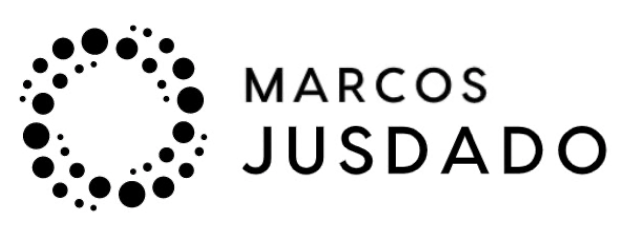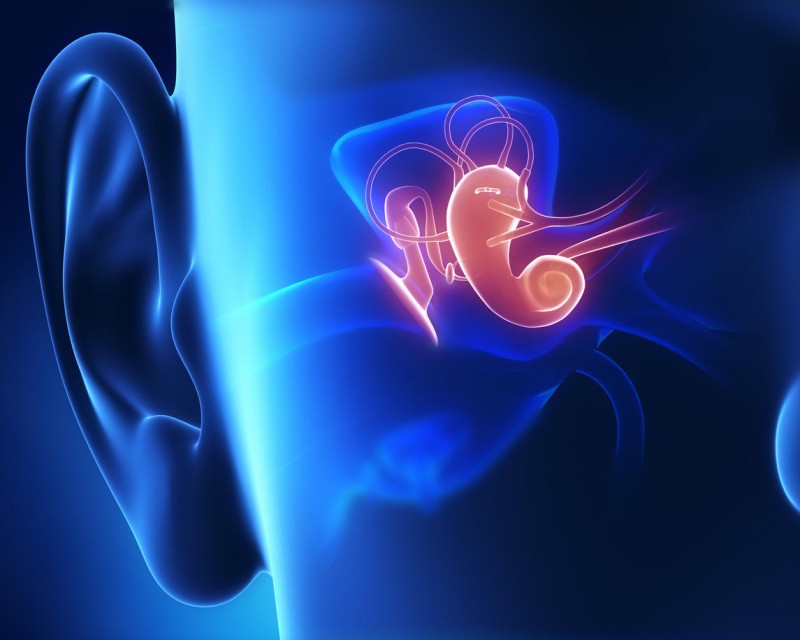For vestibular rehabilitation, it is essential to assess the information receptors responsible for balance: the eyes, the vestibular system and the body’s proprioception (especially in the neck, foot and temporomandibular joint). With Neuroreceptor Therapy (P-DTR), I identify sensitivity points in order to eliminate them, then guide you through exercises to increase your body’s tolerance and capabilities.
– Marcos Jusdado


